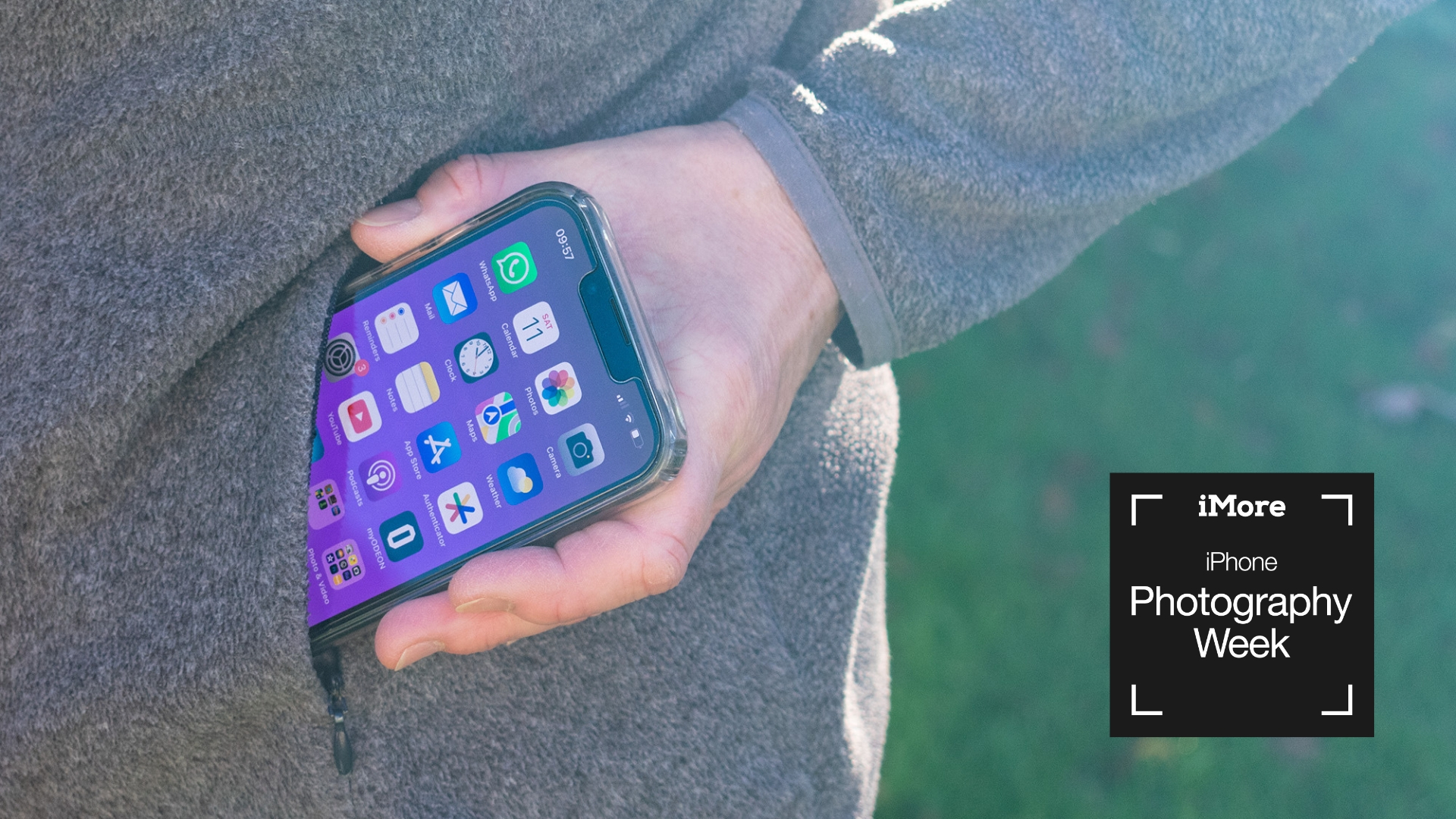
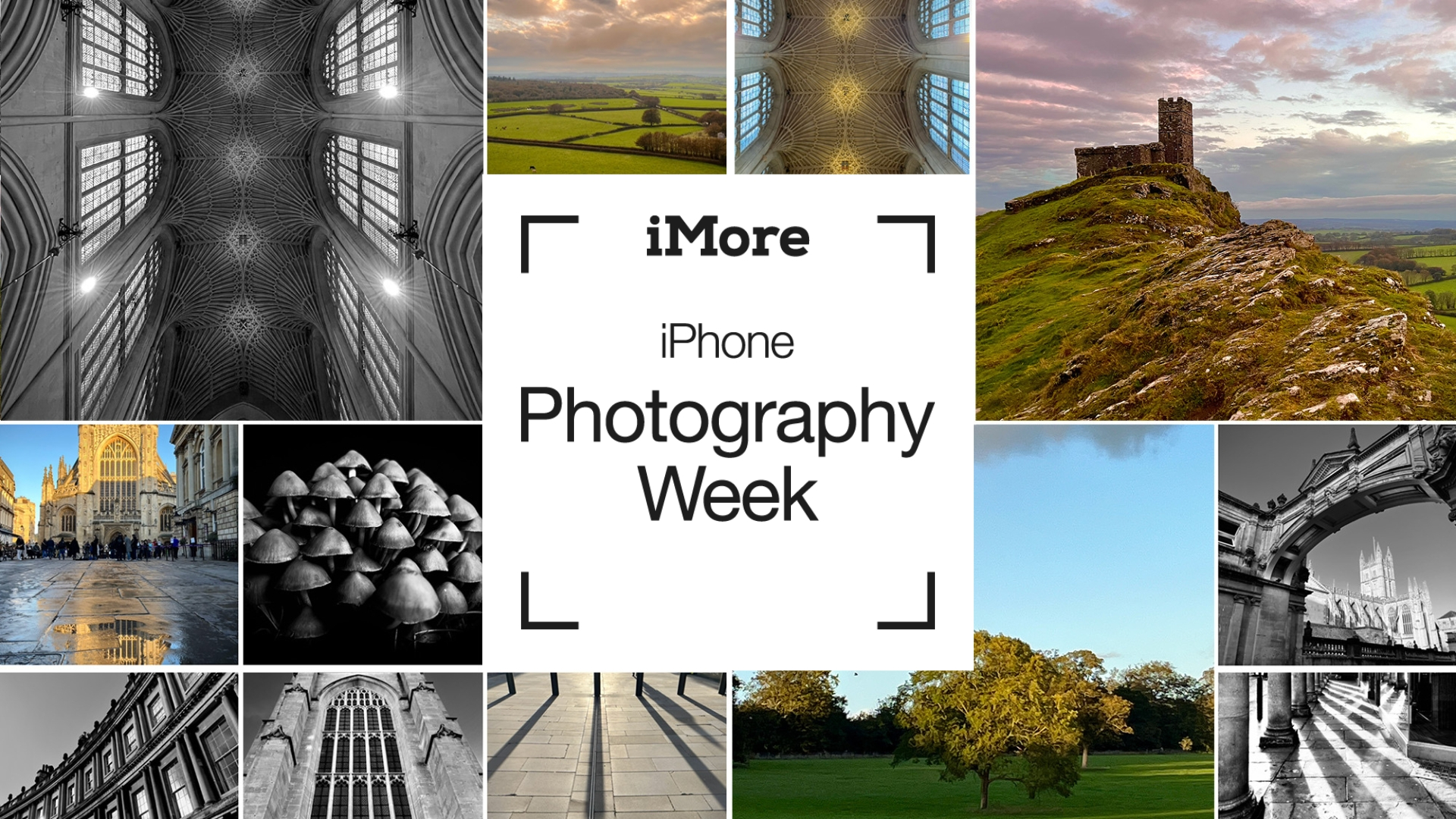
Take better photos with the camera in your pocket. iMore's iPhone Photography Week 2024 is filled with great content that will take your iPhone camera-snapping ability to the next level.
- Check out more iPhone Photography Week 2024
#iMorePhotographyWeek
Just as the iPod put a thousand songs in your pocket, the iPhone has given every user a superb snapper that they can take everywhere they go.
Over the near-20 years it’s been around, the iPhone has packed in innumerable photographic improvements that have seen it go from strength to strength. No single device has changed the way people take photography more than the smartphone, and no smartphone line has pushed photography further than the iPhone.
Here, we’re going to look back at the ten most important changes to the iPhone camera setup of all time, from video recording to periscope lenses.
Video is here to stay
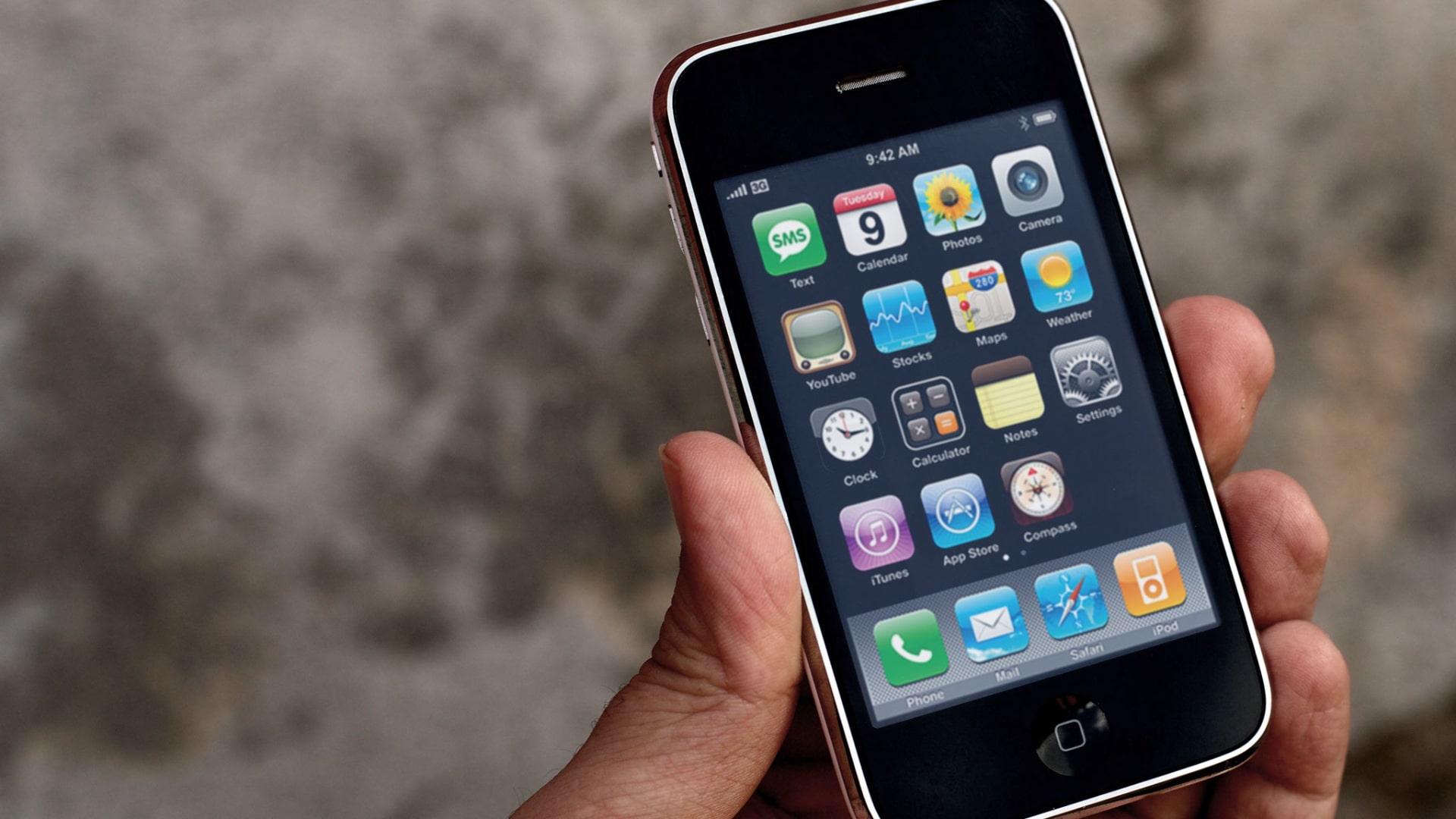
You might remember the iPhone 3GS for its emphasis on speedy performance, but its camera improvements were just as important, and perhaps the most significant was the addition of video recording. Sure, it’s nothing compared to what we have these days – 3MP of VGA video recorded at 30fps feels practically prehistoric now – but it opened up a whole new way to use the iPhone. It meant the camera wasn’t just for snapping photos: videos could join the party too. It was a humble beginning, but it made the iPhone a much more capable device.
Focus on the future
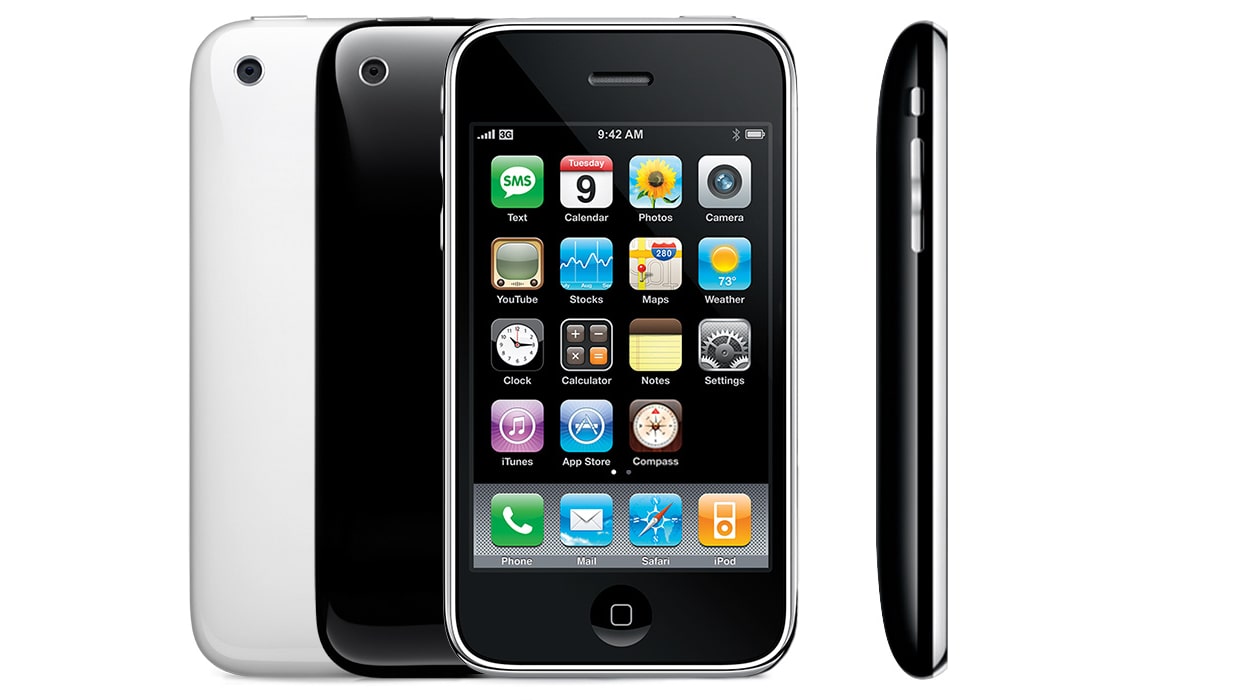
Alongside video recording, the iPhone 3GS brought another significant new feature: autofocus. All you had to do was tap the area of the image you wanted the camera to focus on and the iPhone would do the rest. As well as adjusting the focus, this control would also tweak the image’s light levels, ensuring the in-focus area was properly exposed. Apple has always been good at simplifying controls to make complex actions much more palatable, and the addition of autofocus was a big step forward in this area.
The selfie is born
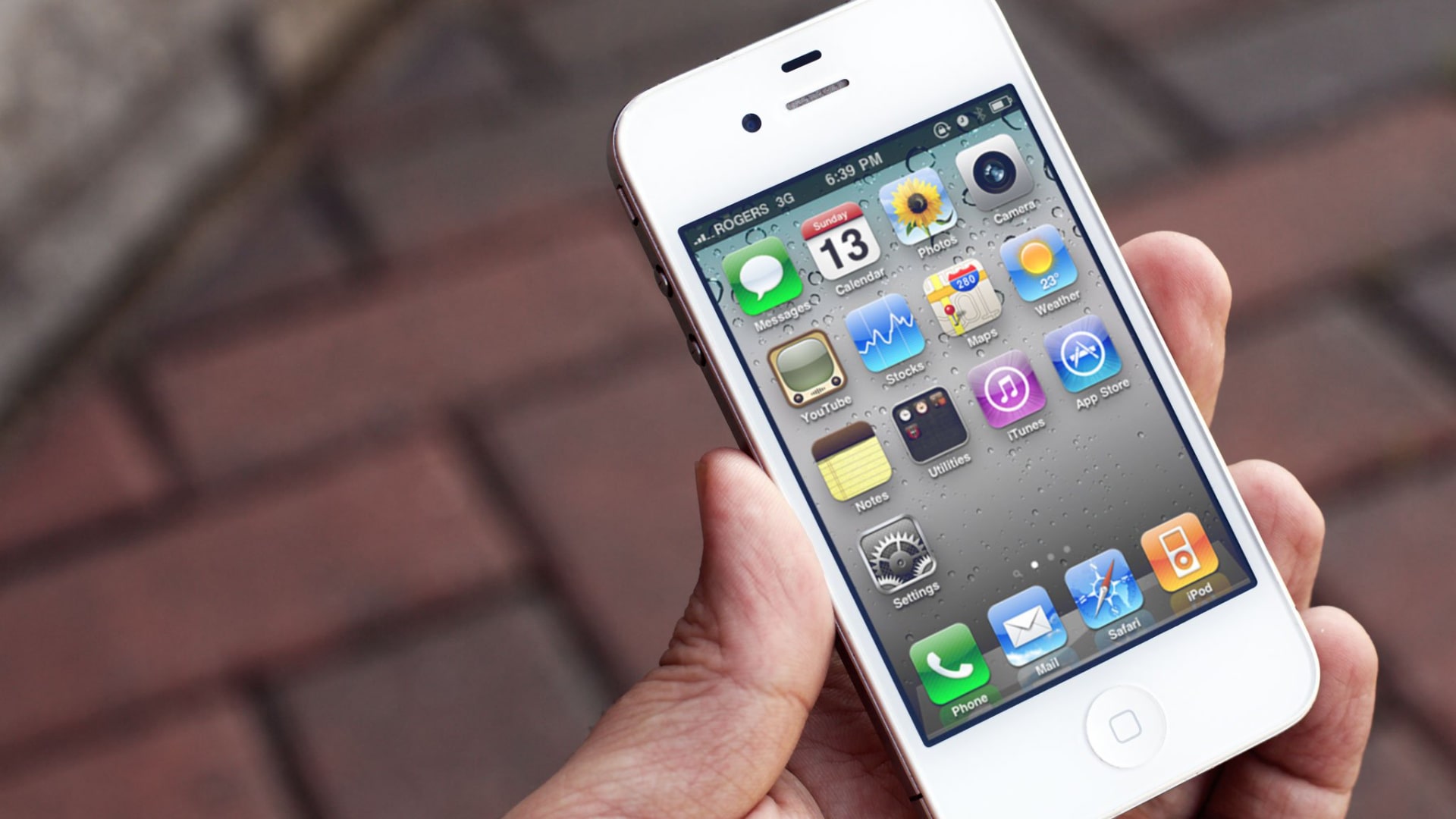
These days, taking a selfie is an everyday occurrence for iPhone users the world over. But it wasn’t always that way – in fact, you’re only able to take what we'd consider a real selfie in the first place thanks to the iPhone 4. This was the first iPhone to feature a front-facing camera, and just as the introduction of video recording changed the way the iPhone’s camera was used, so too did the selfie lens. Without it, perhaps there would be no selfie sticks, no Snapchat, and no Memojis (although whether all that would be a good thing depends on your outlook).
4K captures the imagination
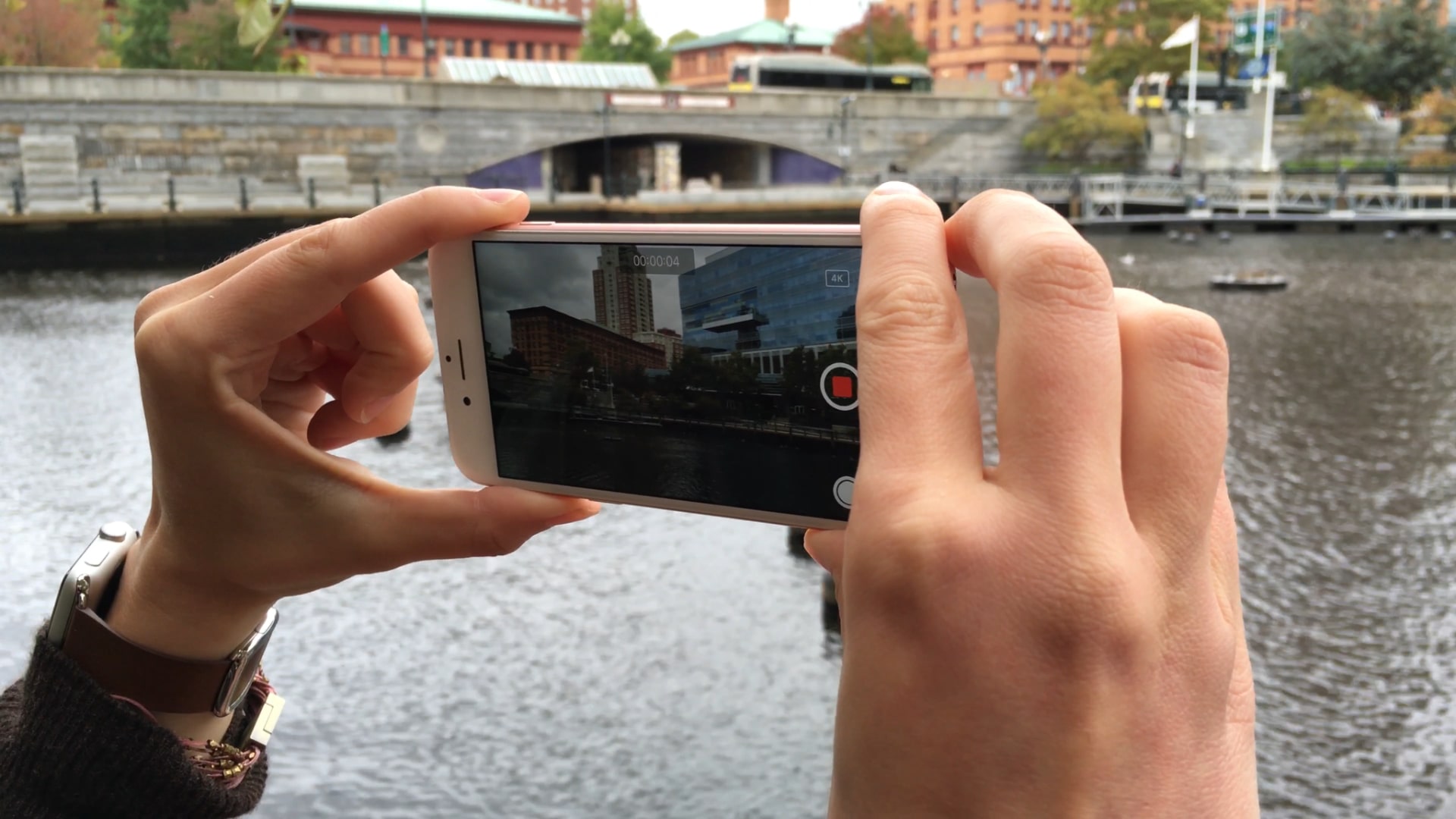
In the quest for ever-sharper videos, 4K has often been held up as the holy grail for consumer phone cameras. In the iPhone’s case, this giant leap was made back in 2015 with the iPhone 6s and iPhone 6s Plus. As well as shooting 4K video, you could save still images from the footage. The only drawback? The 4K footage chewed through the iPhone’s storage – a 16GB iPhone 6s would have its storage completely filled by just 40 minutes of 4K video.
Doubling up on lenses
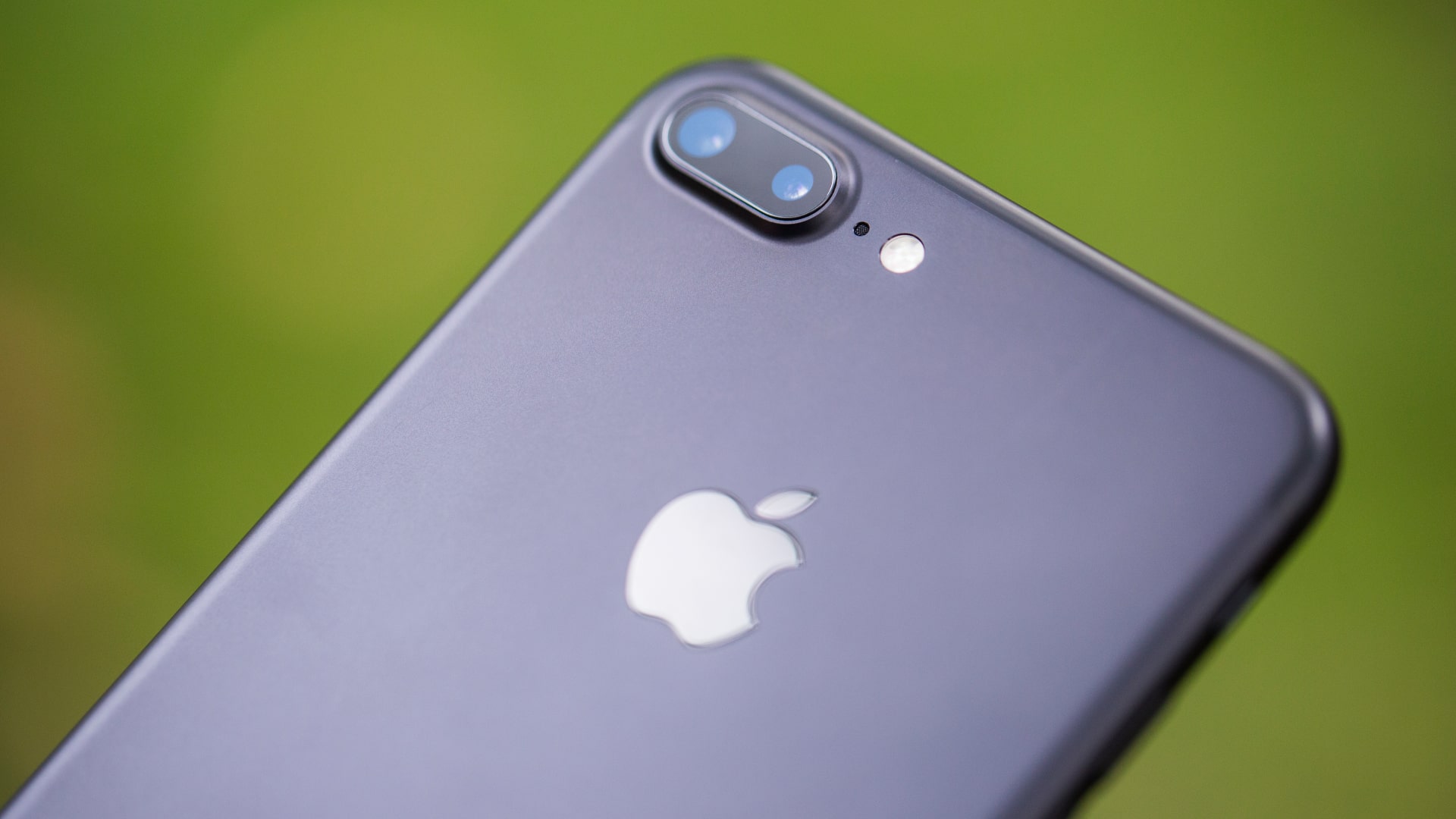
For many years, iPhone cameras were held back by a major limitation: they only had one lens. That all changed with the introduction of the iPhone 7 Plus. In adding a second lens, it gave users far more flexibility over how they shot images and videos. That extra snapper has the added distinction of being the first optical zoom lens in an iPhone, being capable of 2x optical zoom and 10x digital zoom. With a combination of wide-angle and telephoto lenses, the iPhone took a solid step towards the high-end capabilities Apple fans are used to these days.
A perfect portrait
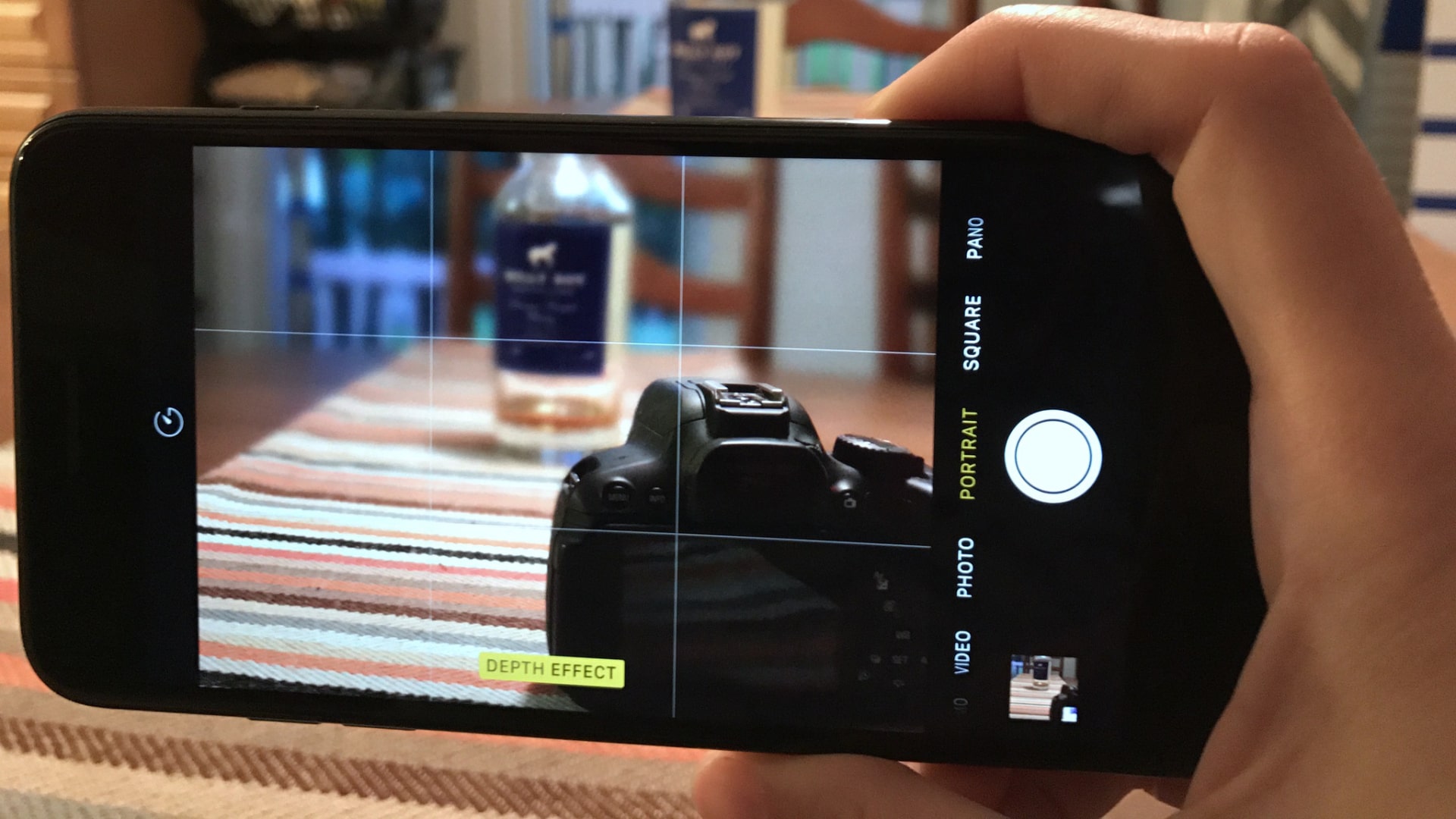
Apple enabled the iPhone to further mimic far more expensive cameras with the arrival of Portrait mode in the iPhone 7 Plus. This feature artfully blurs the background of your photos, just as DSLR cameras use depth of field for the same purpose. While it was only available for the rear cameras in the iPhone 7 Plus, Portrait mode came to the selfie camera the next year in the iPhone X. That phone – and the iPhone 8 Plus – also brought Portrait Lighting effects, which replicated popular studio lighting techniques to help your photos pop even more.
Face the music
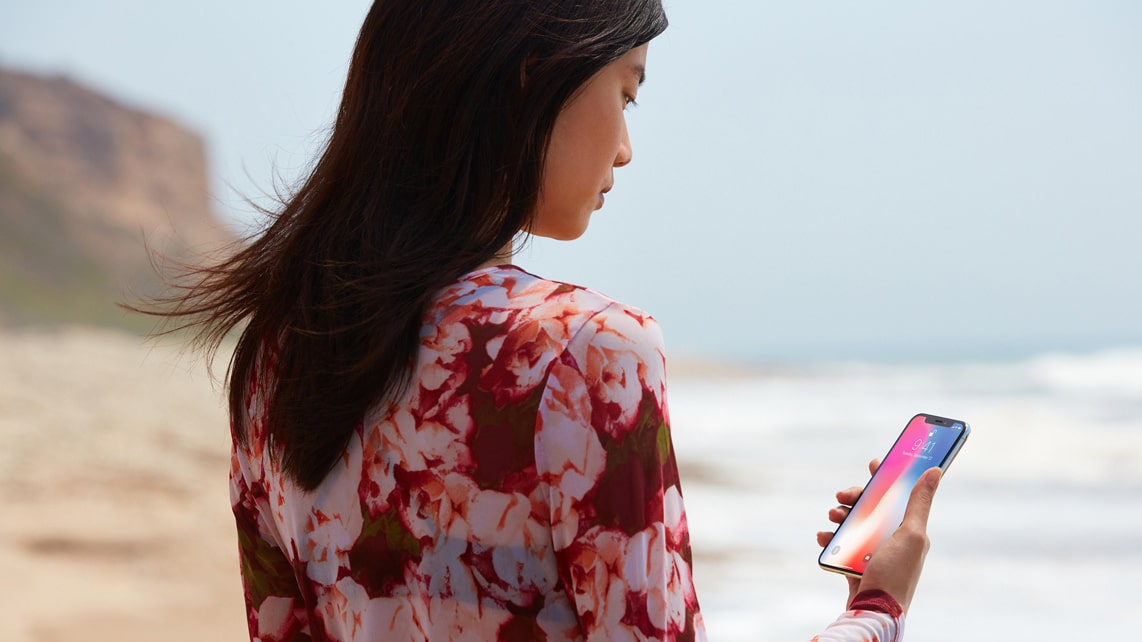
Not every momentous camera improvement revolved around photos and videos. Some, like the iPhone X’s Face ID, used the camera system in new and ingenious ways. Before Face ID, you either had to unlock your iPhone using Touch ID or a passcode. Once Face ID arrived, there was no going back – it was faster, more reliable and much more secure. In fact, Apple claimed its chances of being fooled were one in a million (compared to Touch ID’s far leakier one in 50,000). Enabled by a complex array of scanners and sensors, Face ID showed just how good Apple’s cameras had become.
Get the big picture
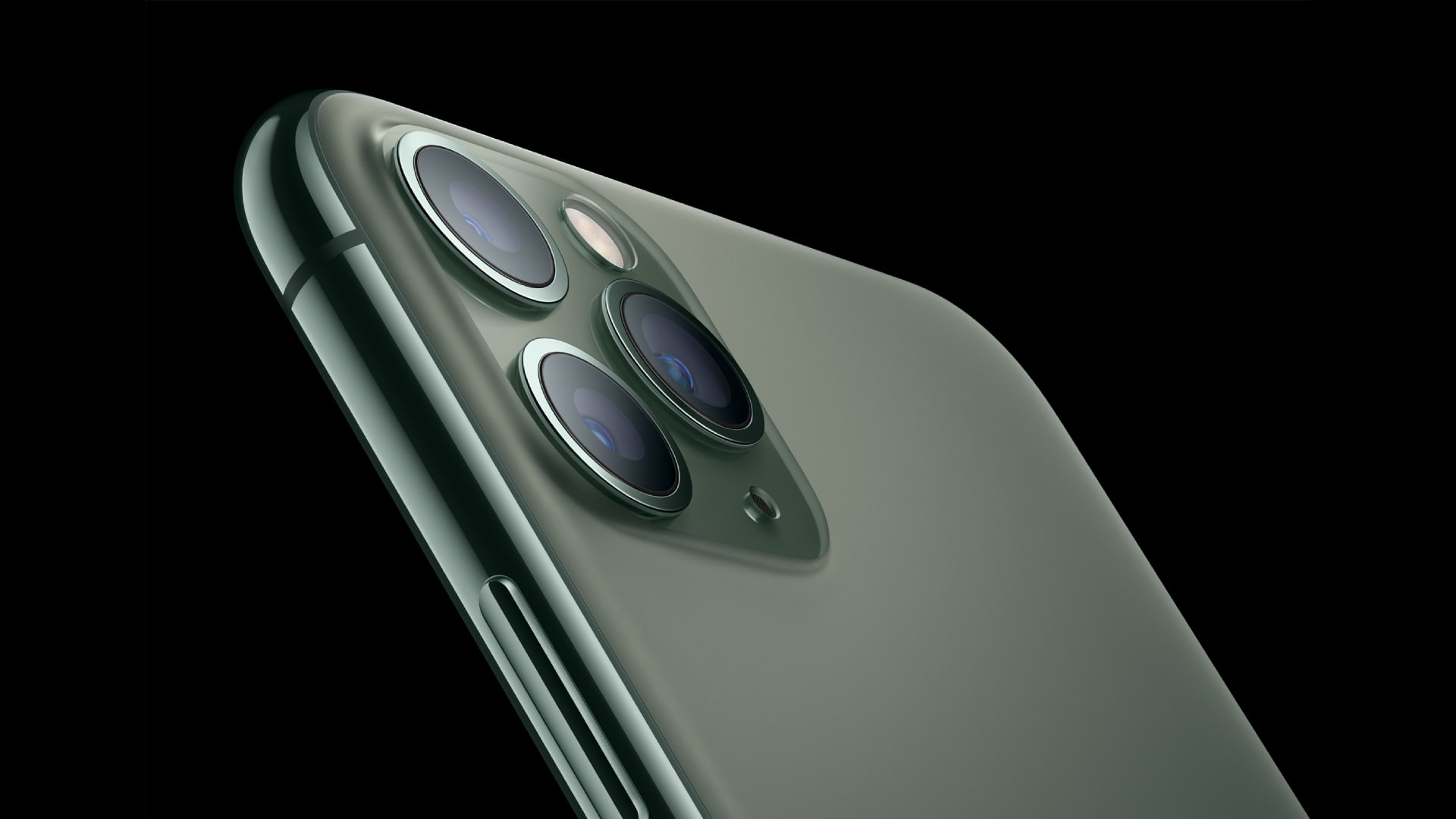
The iPhone 7 Plus from 2016 may have been the first iPhone with a dual-lens camera, but it took until 2019’s iPhone 11 Pro and iPhone 11 Pro Max for Apple to add another shooter to the picture. The combination of a wide, ultra-wide and telephoto lens was called “transformative” by Apple, and we’re inclined to agree. It meant you could zoom out beyond the initial starting point for the first time, opening the door to wide-angle shots and allowing you to fit far more into the frame. It was a milestone moment for anyone who wanted to take photography on their iPhone a little more seriously.
Ramping up the resolution
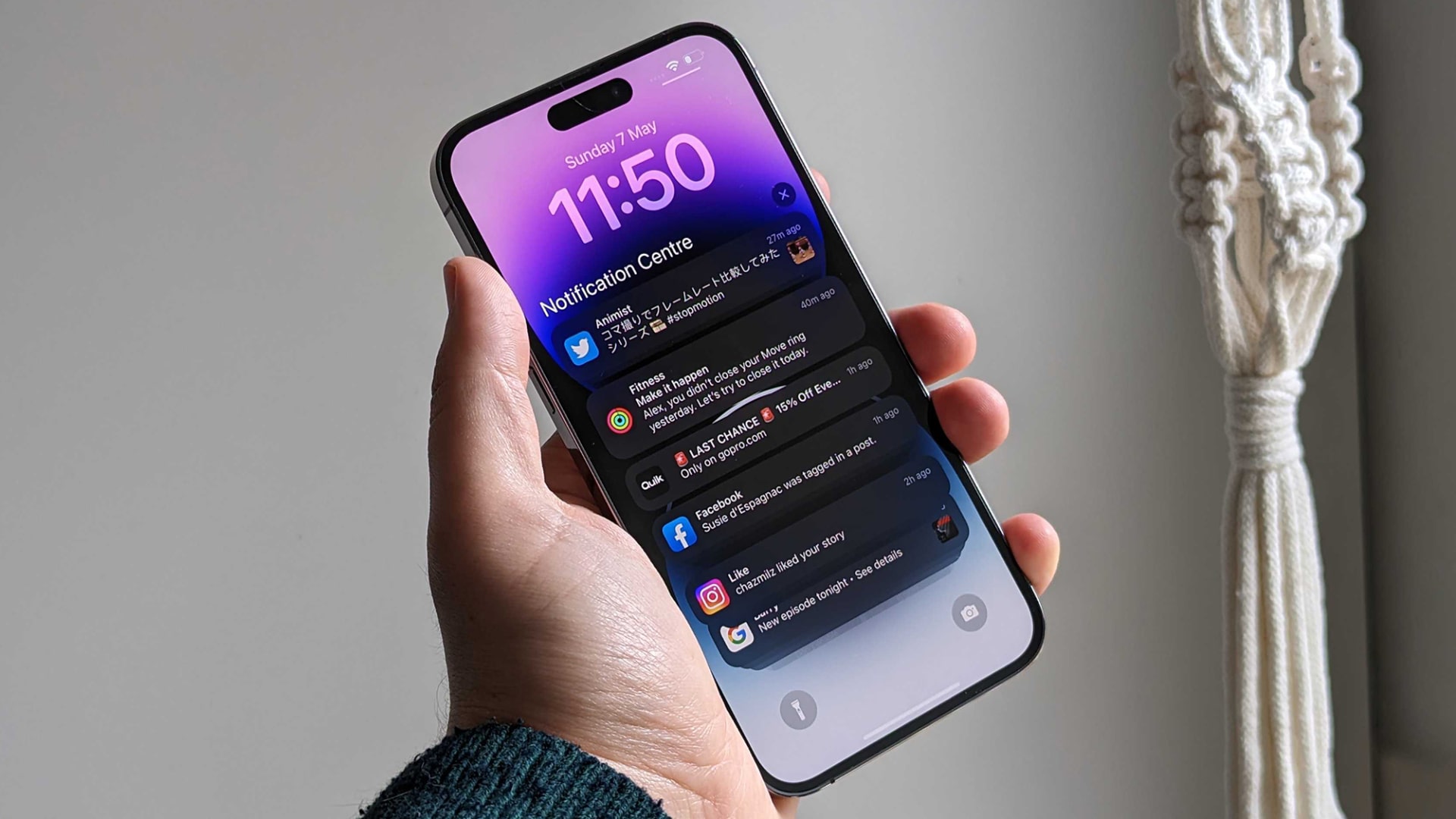
For years, one of the biggest pain points for iPhone photographers was their cameras’ resolution. Apple upped things from 8MP to 12MP in 2015, but then kept things that way for eight years, by which point the complaints were hard to ignore. Fortunately, Apple changed that with the iPhone 14 Pro and iPhone 14 Pro Max, which quadrupled the resolution to 48MP – and the difference was night and day. The following year Apple brought it to the entire iPhone 15 range, including the non-Pro models.
Zoom in on the details
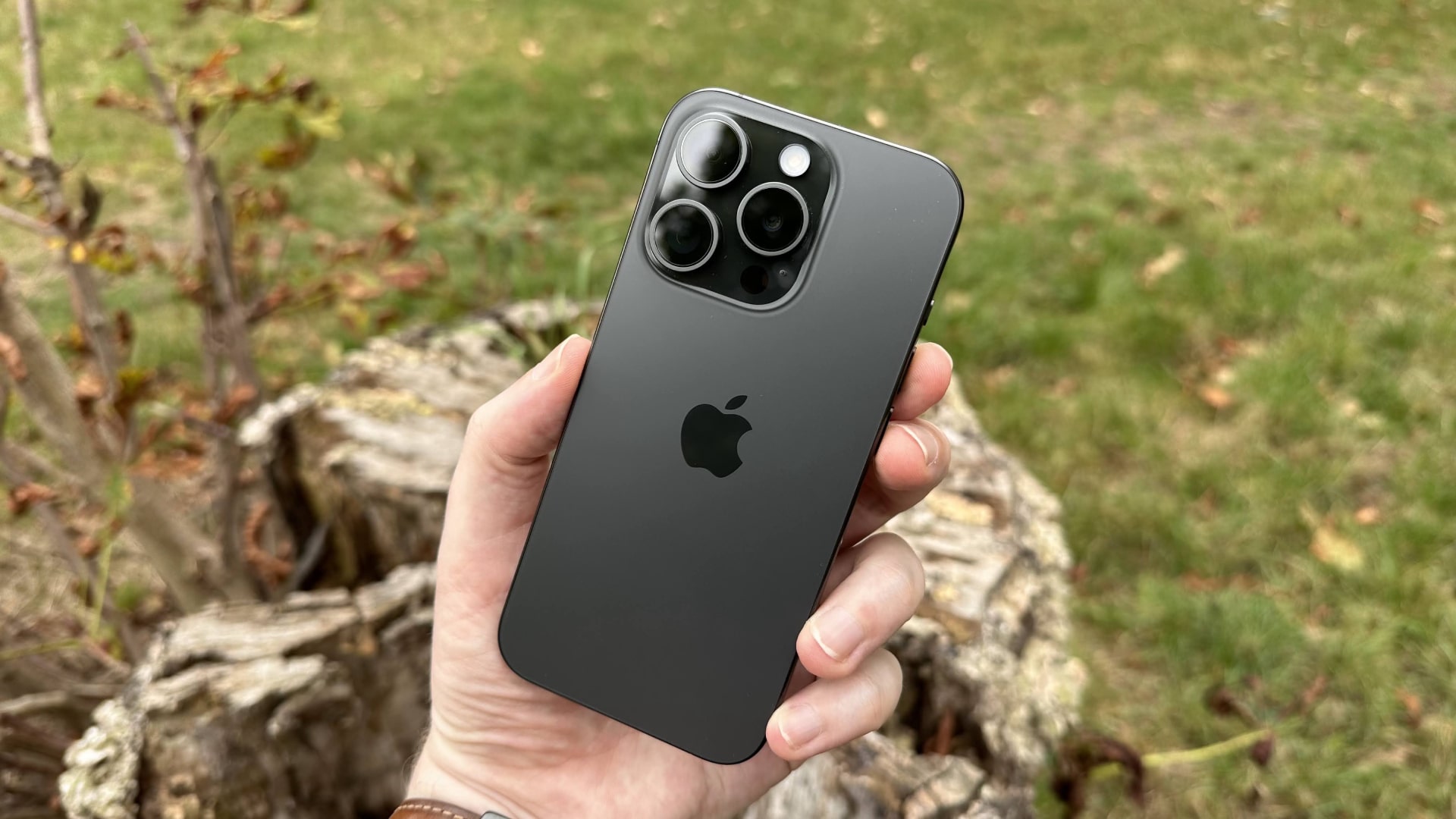
Things haven’t slowed down in recent years. Over time, Apple has been adding features more often associated with DSLRs than phones to its iPhone range, and we saw that continue with the iPhone 15 Pro and iPhone 15 Pro Max. Both phones packed in what Apple said was “the equivalent of seven pro lenses” that imitated lenses of varying focal lengths. The iPhone 15 Pro Max went further by including a periscope lens that could zoom in up to 5x – the highest optical zoom rating of any iPhone so far. With all that included, who needs a DSLR? We compared the 15 Pro Max to a DSLR to find out.
This feature is part of iPhone Photography Week 2024. Expect new posts to appear daily, focused on making your photos shot with iPhone better than ever before.
Share your photos with iMore on X (Twitter) using #iMorePhotographyWeek







